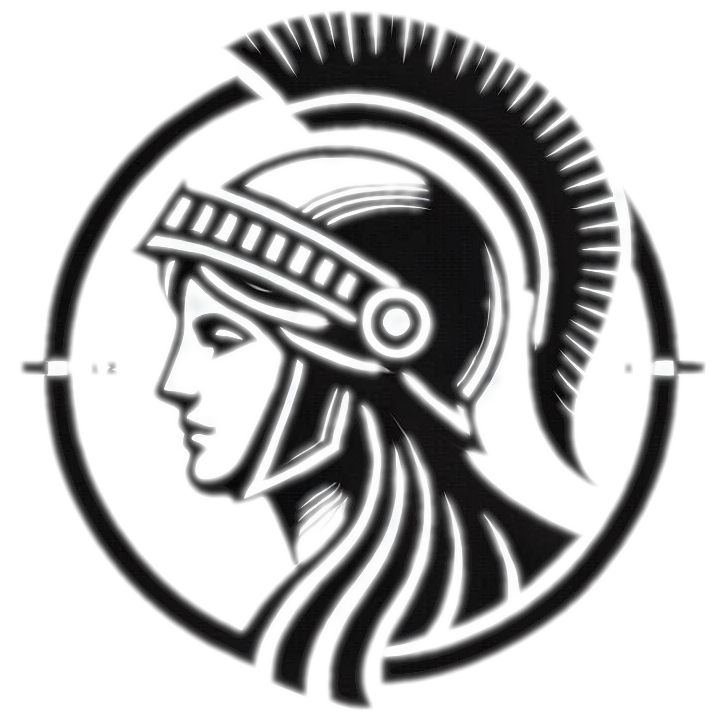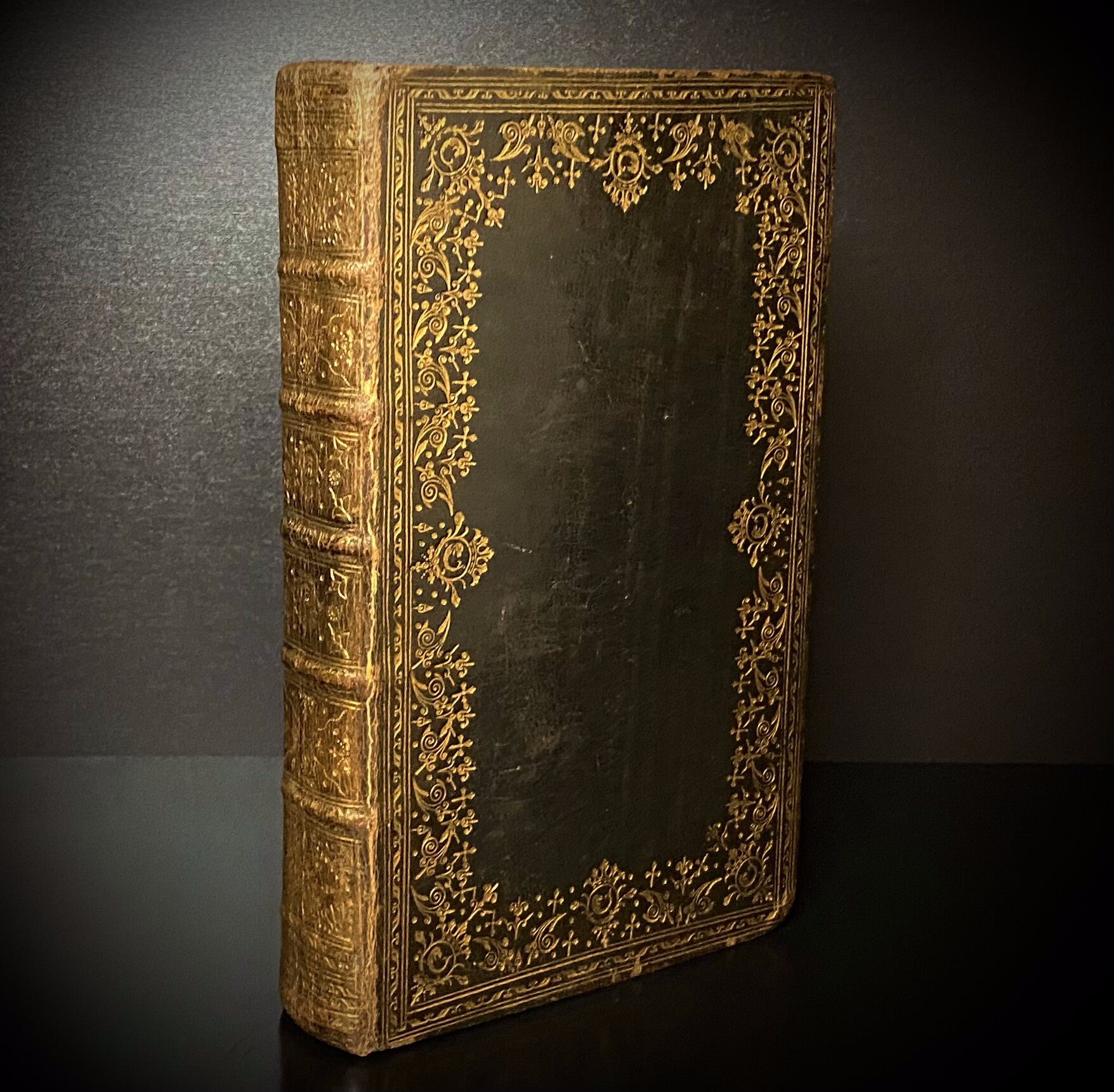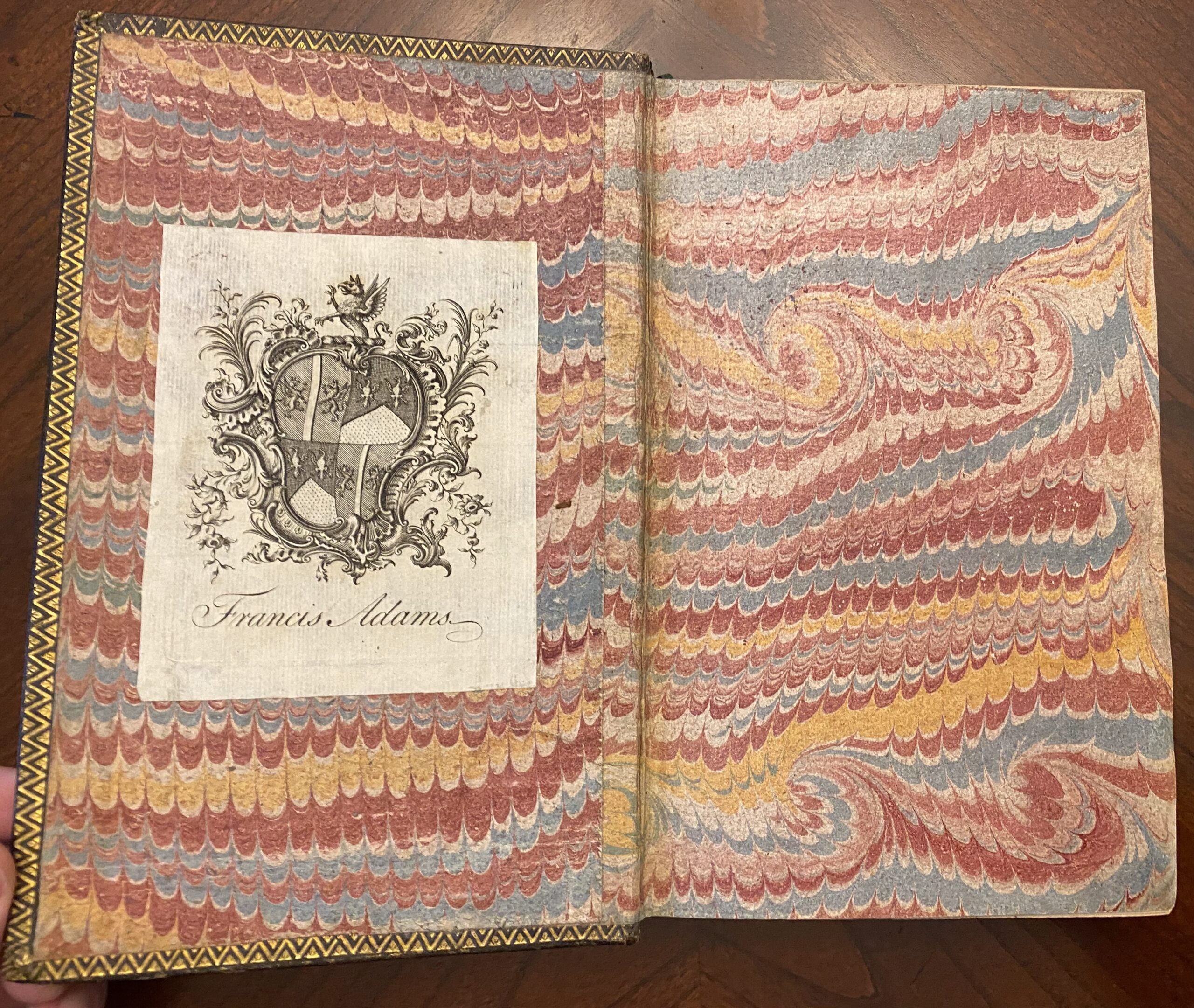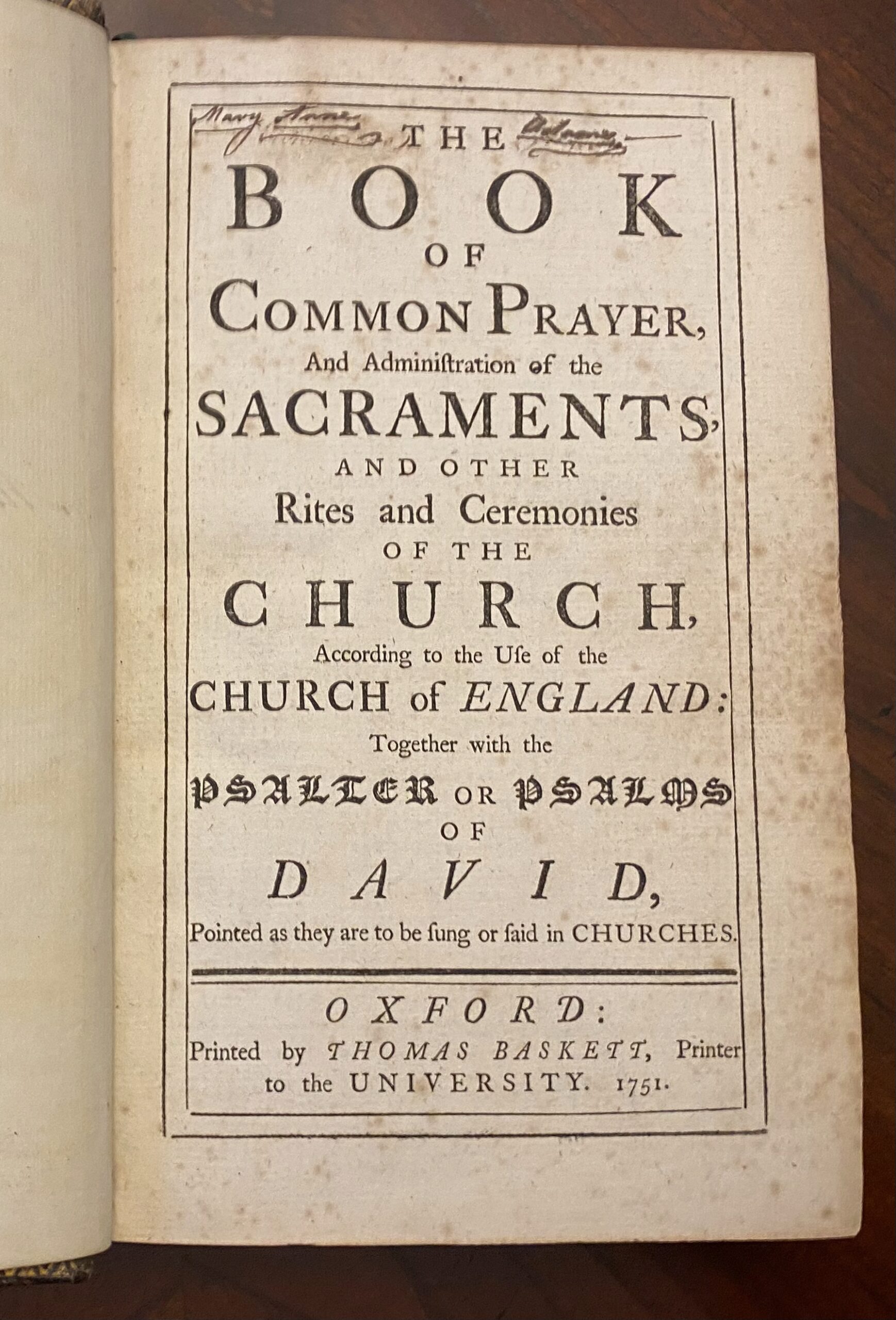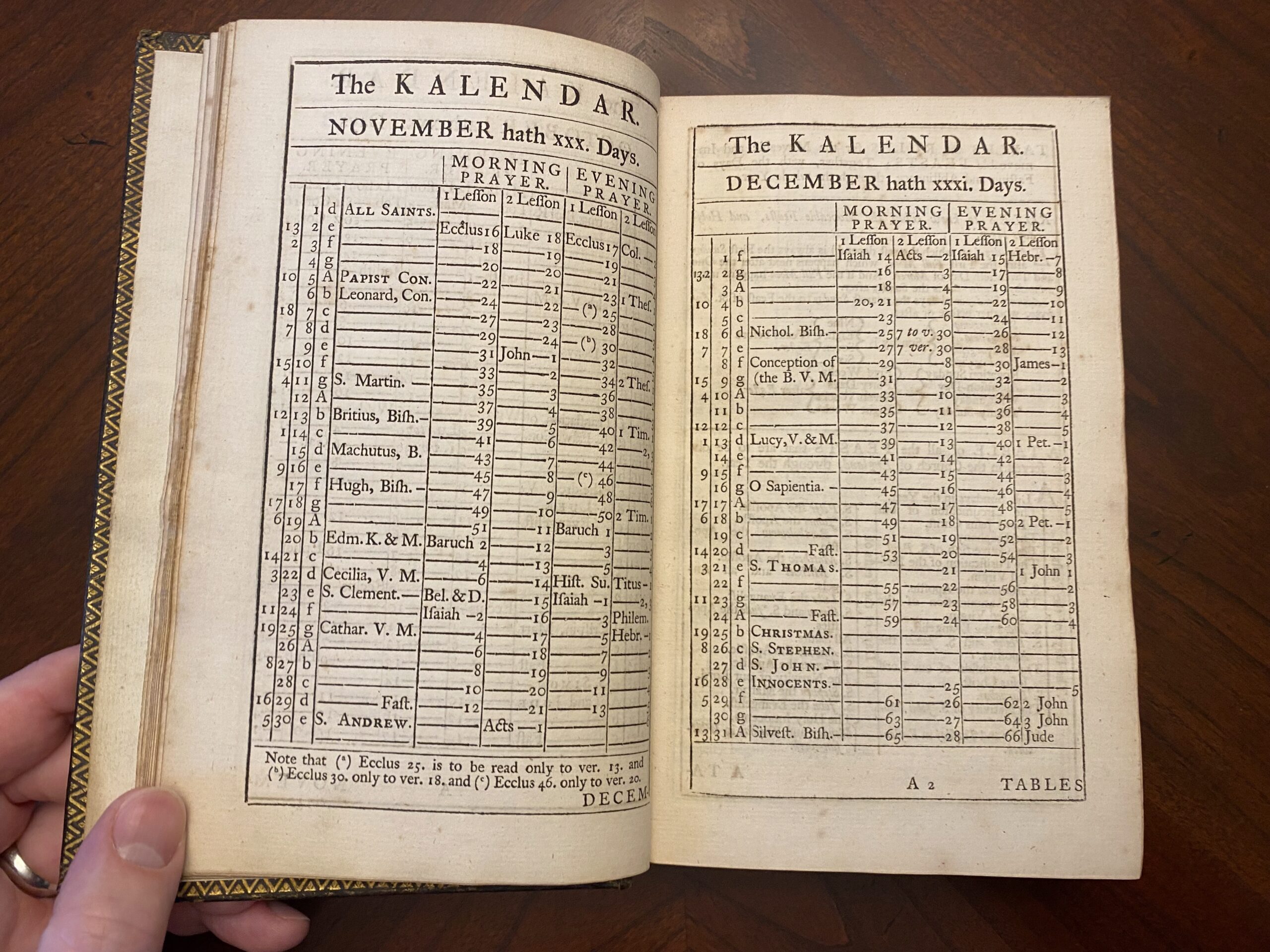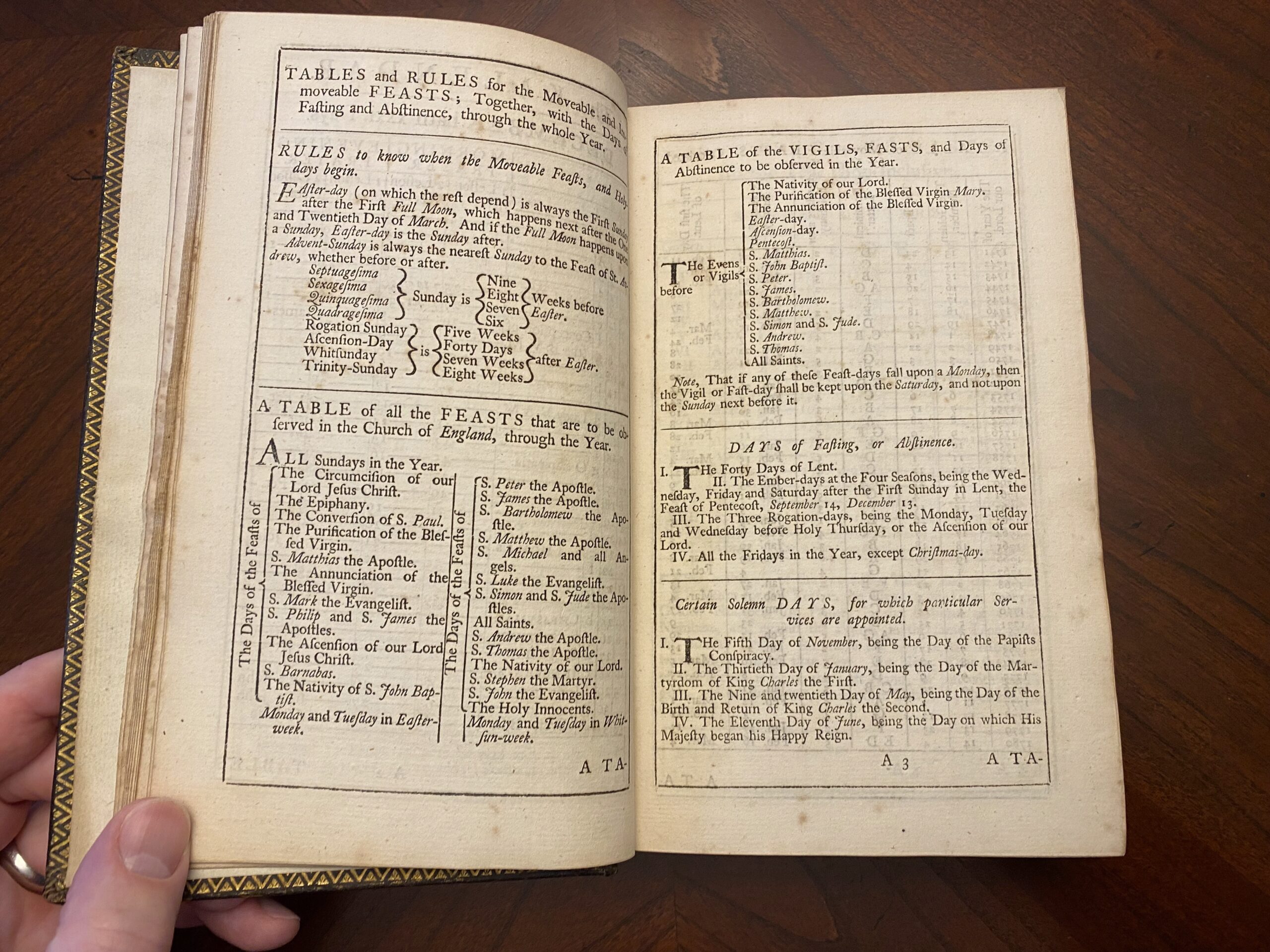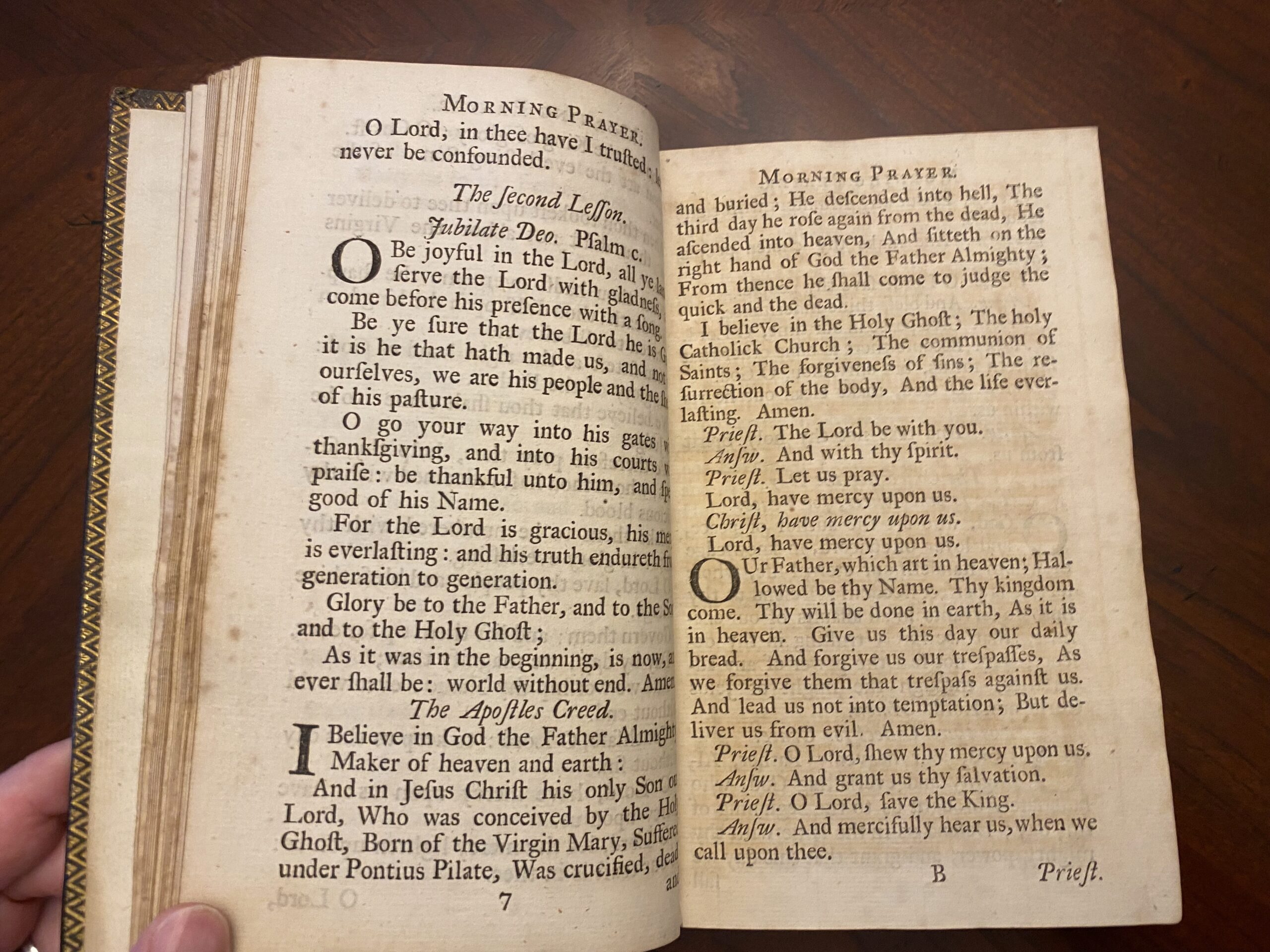- Title: The Book of Common Prayer
- Printed by Thomas Bassett
- Estimated year of printing: 1751
Notes:
Bookplate: “Francis Adams”
Handwritten inscription: “Mary Anne Adams”
This 1751 printing of The Book of Common Prayer is one of the most beautiful, ornate, bindings I have seen. Books in the 17th and 18th centuries were often sold unbound, or with simple paper bindings, and then the owner of the book would have it custom bound to their taste. The Book of Common Prayer is an extreme example of this — since just about everyone in England during this era owned a copy of this book, it seems as though everyone aspired to have their copy bound uniquely for them. I have seen a lot of copies of The Book of Common Prayer from this era, and I don’t know that I’ve ever seen two that look alike. Every copy is a unique piece of art. A large, ornate, copy like this probably had wealthy owners who wanted an impressive book.
The Book of Common Prayer is the prayer and liturgical book used by the Church of England and other churches in the Anglican communion. It contains details for Morning Prayer, Evening Prayer, Litany, Holy Communion, and orders for all other special services such as baptism and marriage. It lays out the schedule for services throughout the year.
Henry VIII separated the Church of England from the Roman Catholic Church in 1536. During the reign of Edward VI, the first edition of The Book of Common Prayer was created in 1549, largely the work of Thomas Cranmer. The book was revised several times, culminating in the 1662 edition, which is still the official prayer book of the Church of England to this day.
The printer, Thomas Bassett, was the son of John Bassett. John Bassett was the King’s Printer for England, and was a noted publisher of Bibles and The Book of Common Prayer. Upon his death in 1742, Thomas inherited his father’s printing business and title as King’s Printer. Thomas published until his death in 1761.
Historical context:
When this book was published in 1751, George II was King of Great Britain. Notably, this is the year that Great Britain adopted the Gregorian Calendar that we continue to use today. Wolfgang Amadeus Mozart would be born a few years later in 1756, and it would be 24 more years before the American Revolutionary War starts in 1775.
